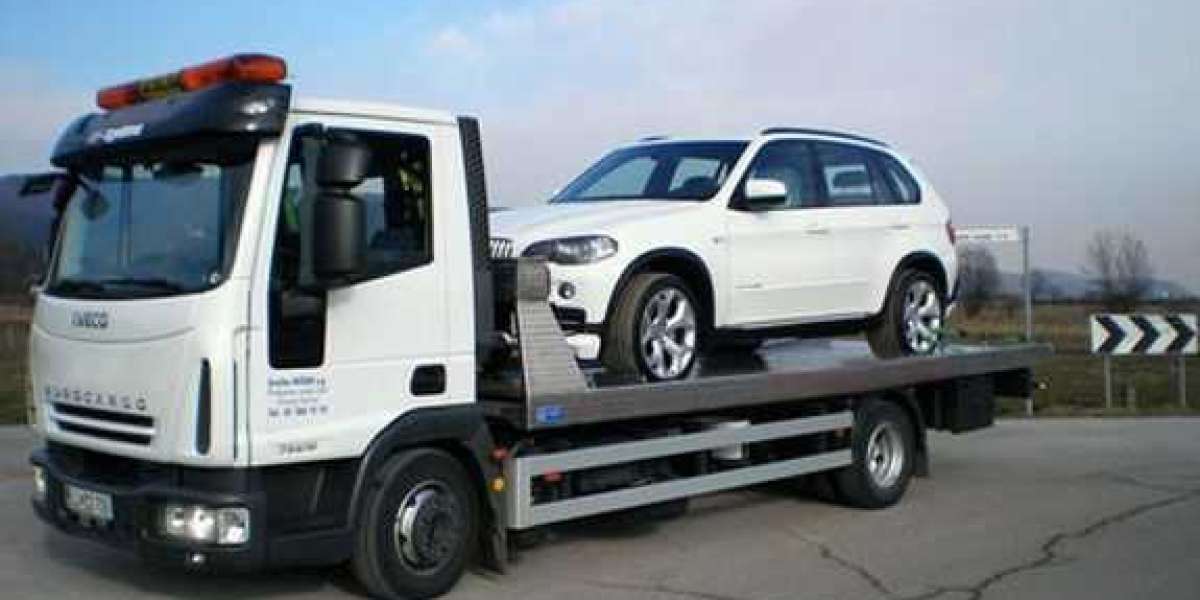Introduction
Kuwait, a small but prosperous country in the Gulf region, has witnessed significant growth and development over the past few decades. This growth has been largely driven by its oil wealth, leading to substantial investments in infrastructure, construction, and urban development. Central to this development is the crane, an indispensable piece of machinery that plays a vital role in various sectors, particularly construction.
The Role of Cranes in Construction
Cranes are crucial in the construction industry for several reasons:
Heavy Lifting Capabilities: Cranes are designed to lift and transport heavy materials such as steel beams, concrete blocks, and large machinery. In Kuwait, where skyscrapers and large commercial complexes are prevalent, cranes make it possible to handle these heavy loads efficiently and safely.
Height and Reach: The construction of high-rise buildings requires equipment capable of reaching significant heights. Tower cranes, often used in skyscraper construction, are a common sight in Kuwait’s urban landscape, allowing for the erection of structures that define the skyline of cities like Kuwait City.
Efficiency and Productivity: The use of cranes significantly speeds up construction processes. They allow for the rapid movement of materials around the construction site, reducing downtime and labor costs, which is crucial in a market that demands timely completion of projects.
Economic Impact
The crane industry in Kuwait also contributes to the economy in various ways:
Job Creation: The construction sector, supported by cranes, provides thousands of jobs, from skilled labor to project management. This employment boosts the local economy and improves living standards.
Attracting Investments: A robust construction industry, facilitated by efficient crane operations, attracts foreign and local investments. As Kuwait continues to modernize its infrastructure, the demand for construction services and, consequently, cranes will grow, making the sector a critical component of the economy.
Enhancing Infrastructure: Cranes are essential for developing key infrastructure projects, such as roads, bridges, and airports. These projects enhance connectivity and promote economic activities, further solidifying Kuwait's status as a regional hub.
Safety and Regulation
Given the scale of construction projects in Kuwait, safety is paramount. Regulations are in place to ensure that cranes are operated and maintained according to strict safety standards. Proper training for operators and regular inspections of equipment are critical to minimizing accidents on construction sites. The emphasis on safety not only protects workers but also safeguards the public and property.
The Future of Crane Technology in Kuwait
As Kuwait continues to invest in modernization and smart city initiatives, the role of cranes will evolve. Innovations in crane technology, such as telematics and automation, are expected to enhance efficiency, safety, and sustainability in construction practices. Embracing these advancements will be essential for maintaining competitiveness in the global market.
Conclusion
Cranes are more than just machinery; they symbolize Kuwait's growth and ambition. Their importance in the construction sector is undeniable, driving economic development, creating jobs, and facilitating the construction of essential infrastructure. As Kuwait continues to develop, the role of cranes will remain critical in shaping its future








